A man’s reach should exceed his grasp
Or what’s a hedgetrimmer extension handle for?
Accessoreyes
Today, for the first time ever, I’ve been wearing contact lenses. As a new user, I have to say, they’re a jolly impressive technology!
These are multifocal ones, which I hope may save me from the routine of putting on my reading glasses, taking them off, dropping them, picking them up, losing them, finding them, cleaning them etc, which I currently do several times an hour. We’ll see how well they work overall, but you know what was the very first benefit I noticed in the optician’s office? I could read my Apple Watch!
Such a cruel mistress is Fate, that the very moment that I was able to purchase this miracle of technology and strap it to my wrist was the same moment my eyesight deteriorated to the point where only things further away than the end of my arm could be viewed unaided. Since then, yes, I’ve been able to read big digits and press pause buttons, but most of the more detailed displays on the watch have had me reaching for my glasses, which does somewhat tarnish the high-tech coolness of it all. Sigh. Old computer-graphics geeks don’t die, they just lose their resolution.
Another problem I’d like to solve is that of seeing both my SatNav and the road. I don’t need glasses for driving. I do need them to read the dashboard. When I put them on, I can’t see the road. Ça, c’est un problême.
So is needing a spare hand for specs when I’m taking photos. I can use my camera’s viewfinder, which has a diopter correction, or the rear screen, which doesn’t. I often want to switch between these to get the best shot, but by the time I’m ready, the eagle has flown.
In a way, it would be easier if I needed to wear glasses all the time, rather then half the time. But my distance vision isn’t at all bad, and I tried varifocal glasses and they didn’t agree with me. So I hope these prove to be a success. My total contact-lens-wearing experience currently runs to about 6 hours, so it’s too early to say.
But they have at least allowed me to write this post without difficulty, and, perhaps more importantly, they have solved that problem whose critical importance for humans was first identified by Arthur Dent on a spaceship in the late seventies, and encountered by me in central Cambridge in 2015: “How am I going to operate my digital watch now?”
A top-down view
My friend Richard has done a lovely blog post showing some of his recent experiments with a spherical (‘360-degree’) camera. (Hint – you may need to pick your browser to make all of these work well, and the YouTube videos are best viewed in the YouTube app on a mobile device. Try dragging the view around with your mouse/finger.)
One clip that I particularly liked was this one, from the top of a punt pole.
Now, I had played with this new art of punt-pole photography some time ago, as a way of getting shots that would otherwise be tricky. (Remember, this was back in the days when, if you talked about drones, you were probably referring to bees.) And I’ve since played quite a bit with a spherical camera.
But I hadn’t thought of combining the two. Which is why it always pays to have friends who are smarter than you are…
The 360 camera I used for a while was on loan from the Computer Lab, and I’ve since returned it. But Richard’s post is definitely making me miss it… I may need to get another…
On the sunny side of the street
It’s hard not to feel warm fuzzy feelings about the small team who are producing the Lightyear One.
This is a new electric car which grew out of the team at Eindhoven who won the Solar Challenge a few years ago, and it’s interesting for a couple of reasons. First, they’ve focused on efficiency, meaning that the car travels much further on a kilowatt-hour than, say, a Tesla. And secondly, all the roughly-horizontal surfaces are covered in solar cells. This is a car that really can charge itself.
It doesn’t do it very fast, of course; we’re still a long way from just driving around on pure sunshine. It does have decent-sized batteries, and you can plug the car in and charge them just as you would on any other EV (and get a range of over 400 miles).
But, on a bright sunny day, the solar panels generate a bit more than a kilowatt. And because of its efficiency, that translates to about 7 miles of distance per hour of sunlight. That may not sound like much, but it’s roughly the rate you would accumulate miles from a standard 13A socket with a traditional EV.
And think of it this way: if you live in a sunny climate and park in the company car park for your eight-hour working day, it might well manage your trip home and back to the office again without you normally needing to plug in at home at all.
Yes, it’s expensive, and yes, it’s not production-ready for a year or two, and yes, most of us, even if we have that much cash, don’t have that much sunshine. But the key thing is that they’re making a car that is significantly more efficient, puts less load on the grid, and is, I think, rather beautiful.
I hope I may own a Lightyear one day. I’ll call mine ‘Buzz’.
The Digital What?
A good friend called me today, just to check I was OK, because I hadn’t posted on my blog for some time! He’s right — it’s been more than a month — but my radio silence is not because of any personal tragedy or illness, it’s just that I’ve had various other things going on and life hasn’t settled back into a rhythm yet!
The main change has been that I have a new job. The particular project I was working on at the University Computer Lab had come to a close, and I thought it might be good for me to have a change after six years as a Research Associate on various projects. I’m fortunate that Telemarq is not short of work, and so there wasn’t any immediate need for me to find another post, and I could just have done that full-time: there are definitely challenges when you have two half-time jobs and have to switch mental context every other day. But I do also find it valuable to put myself into new situations to make sure I keep learning from new challenges.
So for the last couple of weeks, I’ve been in a new post as the part-time, interim, Head of Engineering at the Digital Catapult.
The ‘part-time’ and ‘interim’ bits are because I decided I didn’t want to do a long-term London commute, and certainly not a full-time one. (I’ve been spoiled by living within walking or cycling distance of my work for most of the past thirty years.) But I offered to help out while they found somebody who wanted a permanent role, and, after a long search, they did finally find somebody good, so I had the slightly bizarre experience, on my first official day of work, of being told that they had just appointed my successor! He’ll be starting soon and we’ll overlap for a bit.
So what is this strangely-named Digital Catapult?
Well, a full explanation would be too long a story and you can read more about it here, but, briefly, it’s one way for the UK’s public funding bodies to allocate resources with the aim of boosting the UK economy, alongside such things as innovation grants for industry, and academic funding. There are several ‘Catapults’ with different foci – Transport, Future Cities, High-value Manufacturing etc. – and the Digital Catapult’s aim is to provide training, facilities, advice, consultancy, and so forth, to UK institutions to help them adopt the latest digital technologies. It employs around 120 people in the process, experts drawn from many different backgrounds and areas of expertise. I like working in unusual jobs and for unusual organisations, and I think this fits the bill!
The commuting is also an interesting exploration of how others live. I’m fortunate in not always having to take the peak-period trains, but it still astonishes me that so many people around here pay nearly £50 a day — about £10K a year — to travel to and from a crowded and polluted city, spending a couple of hours per day in a stuffy compartment, and regularly don’t even get a seat; today I sat on the floor in both directions. Perhaps you get inured to it after a while. In the meantime, the seat deprivation has happened often enough already that I’ve just ordered one of these to carry with me.
Don’t get me wrong, there are compensations: the people are mostly smart and interesting, the view from the office is great, and there are plenty of good cafes and lunch spots within an easy walk to ensure that this will have a detrimental effect on my waistline. And I’m learning a lot, which was, of course, the intention. So who knows, I may be there for a bit longer than originally intended if they find a suitable use for me.
In the meantime, that explains why, for the next few months at least, I can be found in the vicinity of the British Library on Mondays, Wednesdays and Thursdays. And why I haven’t been keeping up with the blog posts, though if I manage to find trains with seats, and even tables, I may manage one or two more…
Cambridge: an early-morning stroll
I was in town unusually early on Sunday morning. This is Rose’s college, St Catharine’s, just before dawn.
The river, just a few streets away, was unusually still.
Silver Street, because of the location of the coach-parking areas, is one of the first things that many tourists see. They don’t often see it looking like this, though!
At King’s College, only one chimney showed any signs of life.
Gradually, as things warmed, a brief mist appeared over the water.
But it soon cleared, as the sun rose a little higher, and started to reach the tops of the trees.
The garden at St Botolph’s was also looking beautiful:
The streets were quiet…
And I crept quietly away as the day was beginning.
The end of a long day
The Modern Lab Notebook
I’ve just uploaded my longest YouTube video yet!
Entitled The Modern Lab Notebook: Scientific computing with Jupyter and Python, it’s a two-and-a-quarter hour blockbuster! But you can think of it as three or four tutorial seminars rolled into one: no need to watch it in one sitting, and no need to watch it all! It starts with the basics, and builds up from there.
It’s intended for people who have some Python programming experience, but know little about the libraries that have become so popular recently in numerical analysis and data science. Or for people who may even have used them — pasted some code into a Jupyter notebook as part of a college exercise, say — but not really understood what was going on behind the scenes.
This is for you. I hope you find it useful!
Watch it full-screen, and turn the resolution up 🙂
Also available on Vimeo.
Shark-wrestling
This morning, Rose, Tilly and I took a very pleasant if somewhat bracing walk along the beach near Weybourne in Norfolk.
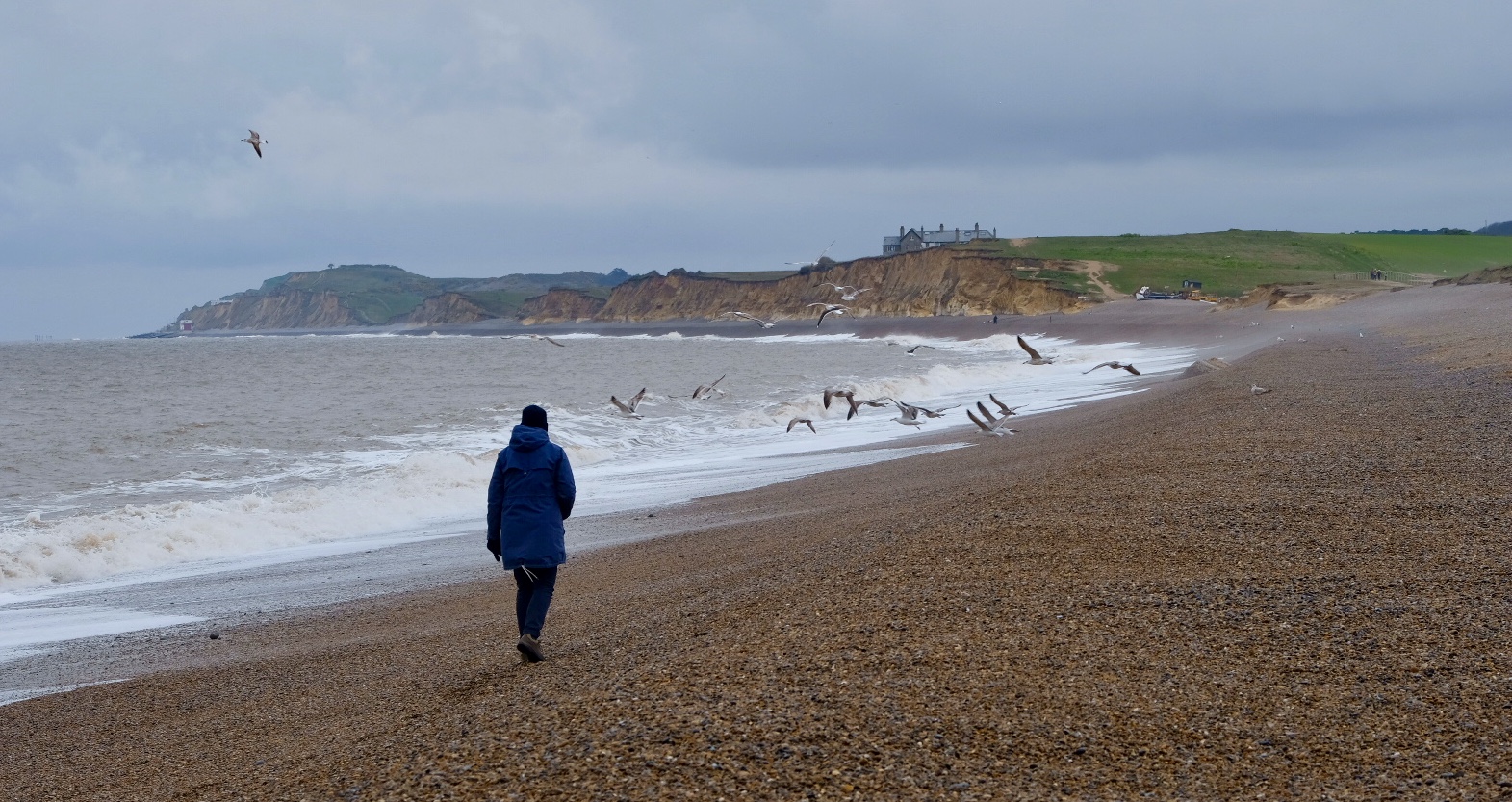
Tilly was very brave…
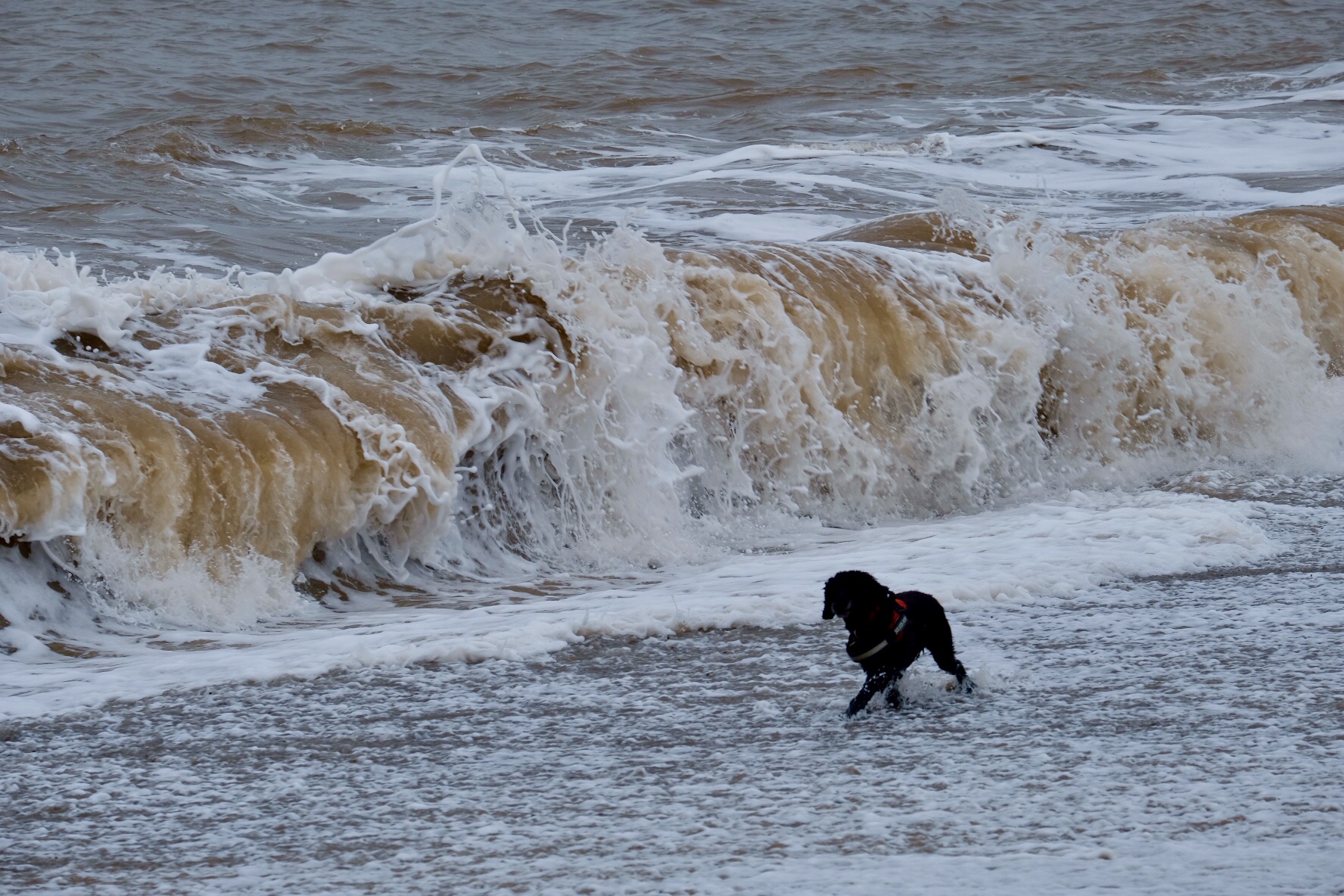
A bit further along, we saw a dead fish, and our thoughts naturally turned to keeping Tilly away from it. 🙂 When we got closer, however, we realised that it actually might be a small shark… and was rather pretty. (As dead fish go.)
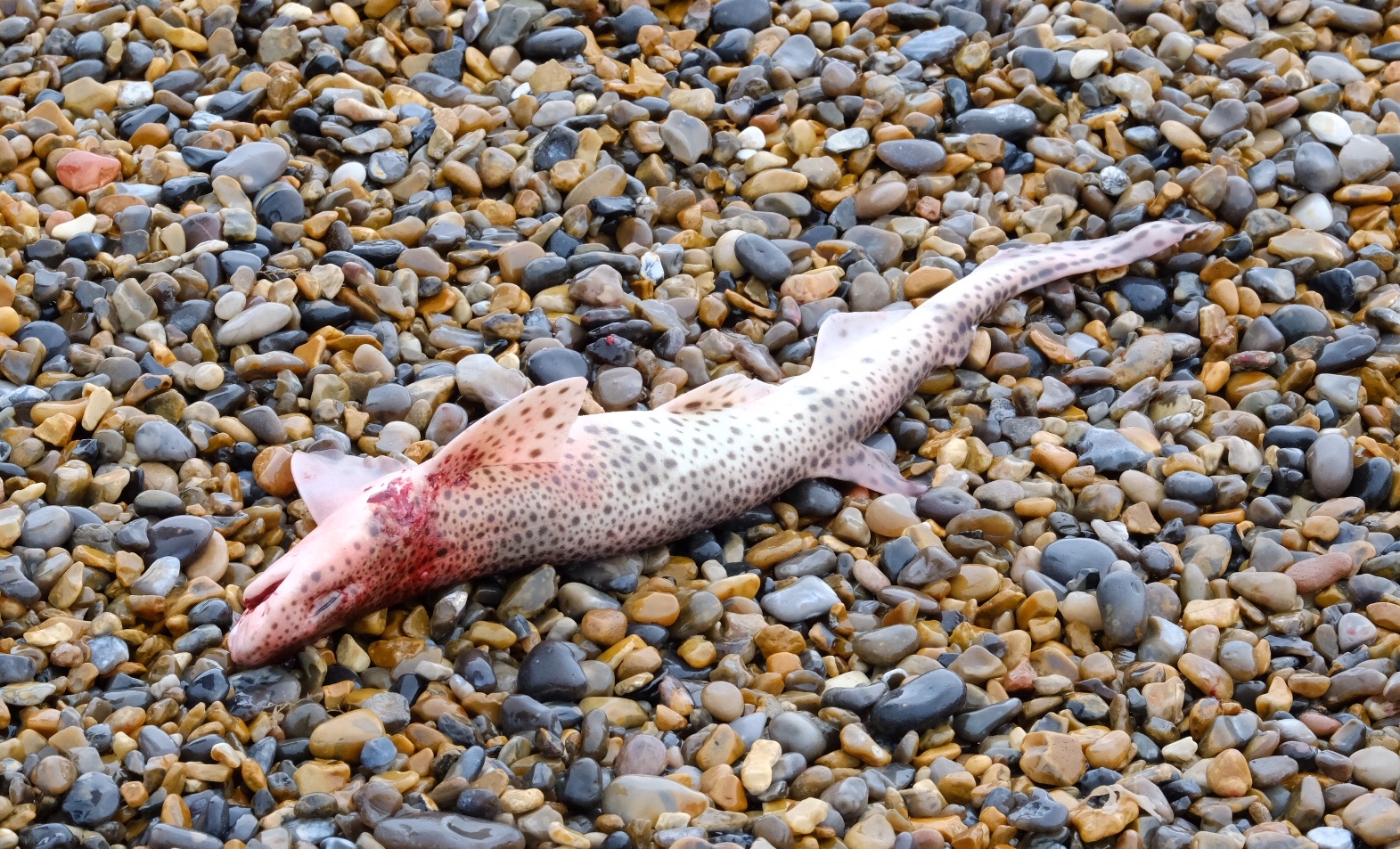
Then we noticed… it wasn’t dead… it was still breathing… Just.
It had been a bit mauled by something, but wasn’t in too bad a state… but it was a long way up the beach. So I picked it up, waded into the sea to boot-depth and threw it back into the waves, where I like to think it swam away. It certainly didn’t float away!
It was probably less than two feet long, but it was a wonderful feeling to hold it and feel it breathing, and let’s face it, it’s not every day I wrestle live sharks before coffee time…
My brother, on being sent the picture, identified it as a catshark. They don’t grow to much more than about three feet long, so I feel it’s unlikely to come back and terrorise the beaches of North Norfolk as a result of my actions.
A slightly unusual view of the Sacré-Coeur
Post from RICOH THETA. – Spherical Image – RICOH THETA
We’re just back from a trip to France and Switzerland. You should see a picture from Paris above, and be able to drag the image around and zoom in and out. You might be able to see the Eiffel Tower if you look in the right direction! If things don’t work, try another browser.
More of my spherical images are on the Ricoh Theta site, including some from this recent trip. Here I am inside the Musée d’Orsay, for example. On that site, you can probably also view them full-screen.
Also, here’s a short bit of video, from the ski slopes of Saas-Fee, Switzerland, last week, where we also found a nice spot for lunch.
Uber is the new sneakernet?
In the 1981 edition of Andrew Tanenbaum’s textbook Computer Networks, he asks the student to calculate the bandwidth capacity of a St Bernard dog carrying floppy disks.
Nearly two decades later, when I worked in the Olivetti Research Lab, we had extremely high-bandwidth connections (for the time) to the University Computer Lab about a quarter of a mile down the road. But we used to point out that we could get a great deal higher bandwidth by giving some tapes to Prof. Sir Maurice Wilkes, already in his eighties, and asking him to put them in his bicycle basket. The bandwidth was excellent, though the round-trip latency wasn’t quite so impressive since he would usually have a cup of tea, and often a snooze, before coming back.
Well, plus ça change, plus c’est la même chose, as they say. Recently I had to shift 4TB of data from the Computer Lab here in Cambridge to our corporate sponsors based at the University of Warwick. It’s too hard to connect directly via the various institutional firewalls, so I suggested buying and mailing a hard disk. But, since we already had an S3 account set up for the project, they preferred the idea of me uploading the data to a place where they could download it at their leisure.
Now, S3, for those not familiar with it, is the ‘Scalable Storage Service’: a splendid offering from Amazon where you can upload and store as much data as you like without ever having to worry about running out of disk space. The prices are generally pretty reasonable; you pay nothing to put data in, and a low cost per gigabyte per month for the storage. Transferring out is free for modest amounts, but that price does start to ramp up when you start downloading a lot, as we were to find out.
Uploading 4TB is also not something you should try at home unless you’re going away for a week or two, but in the University we have a pretty good connection, so the upload took me, I think, about 7 or 8 hours. Interestingly, this is comparable to the time needed to cycle from here to Warwick, though perhaps not for an octogenarian. The data was on S3 for about a month, because distractions, and technical issues with permissions, proxies and DNS servers, meant it took a while for my colleague at the other end to download everything. They don’t have nearly such a good connection as we do, so I imagine it took rather longer for them to download than it had for me to upload. So even if we ignore the intervening month, this was a process of at least 20 hours, which, I suppose, is roughly how long an energetic St Bernard might take to do the journey.
And we got the bill, which came to nearly £400.
So, just by way of comparison, an Uber driver from Cambridge to Warwick would charge about £120 and a 4TB drive can be found on Amazon for about £80, giving a total of about half the price of our S3 transfer, and the car would take about 2hrs to get there. If I’d been willing for the transfer to take as long as it took us, I could have used a next-day courier and halved the price again.
Now, I realise there are lots of simplifications here, ways I could have transferred the data at lower cost, etc. But it’s worth bearing in mind some of the challenges with network and cloud services; and I suspect it’ll be some time before the process of shifting physical media around is really behind us!
Thought for the day
The sun never asks the earth for thanks.
More info about the source here.
© Copyright Quentin Stafford-Fraser
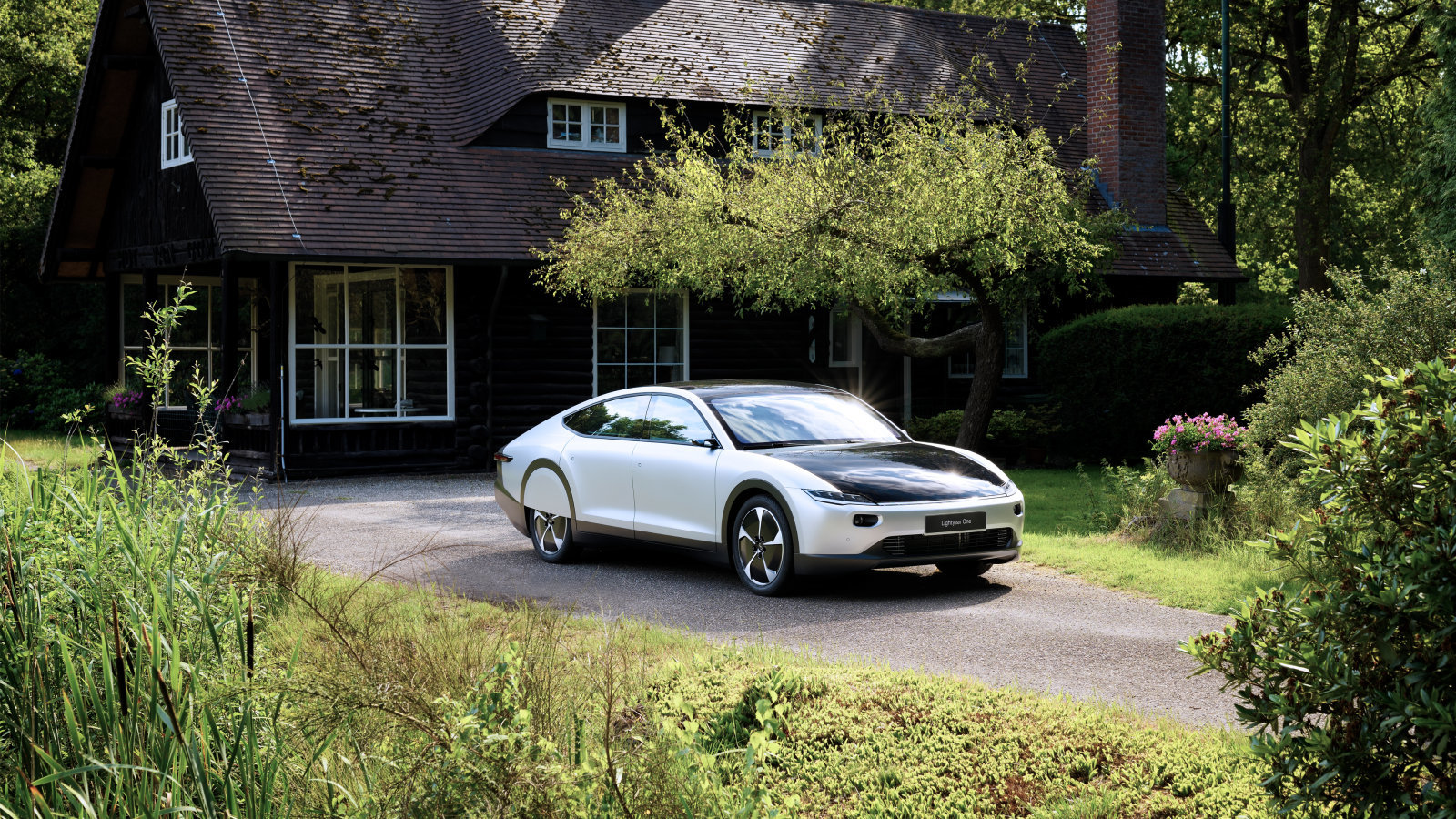
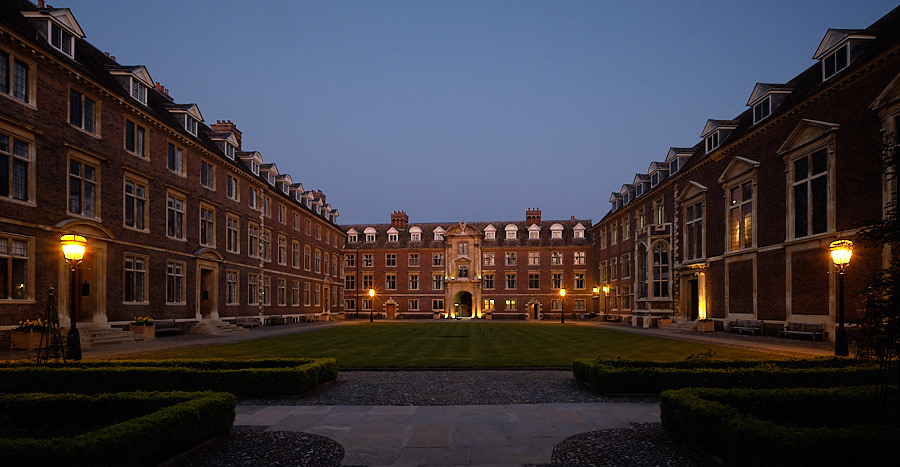
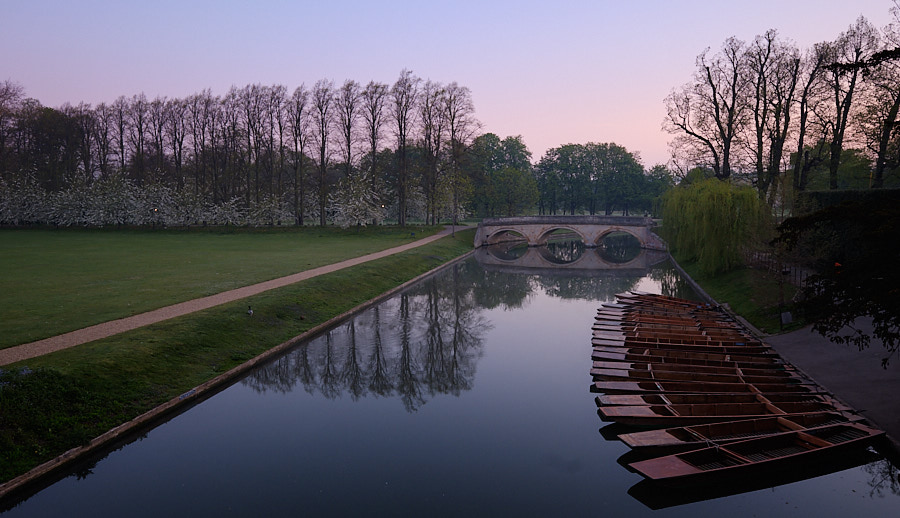
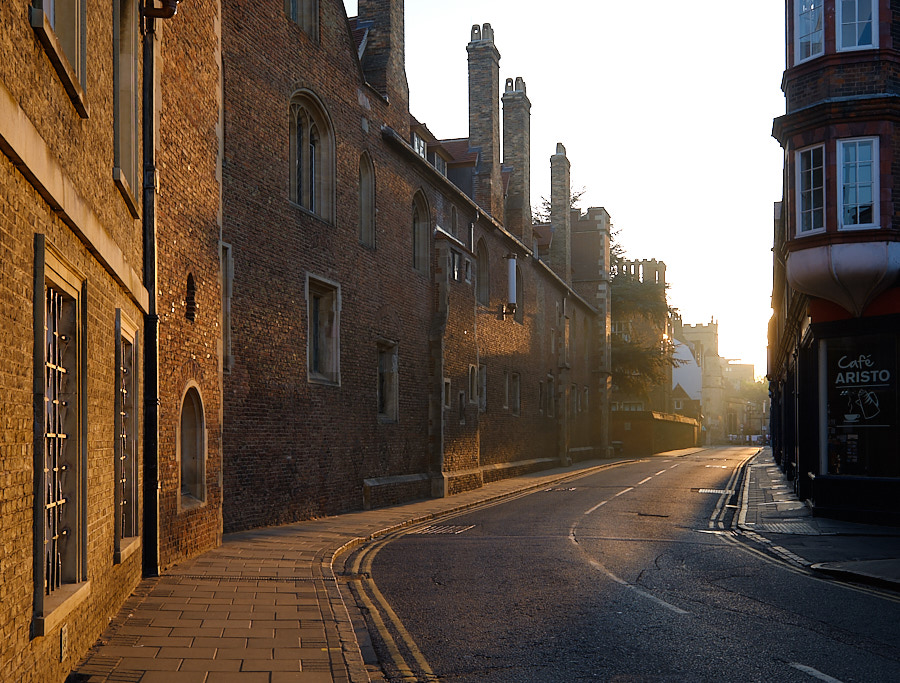

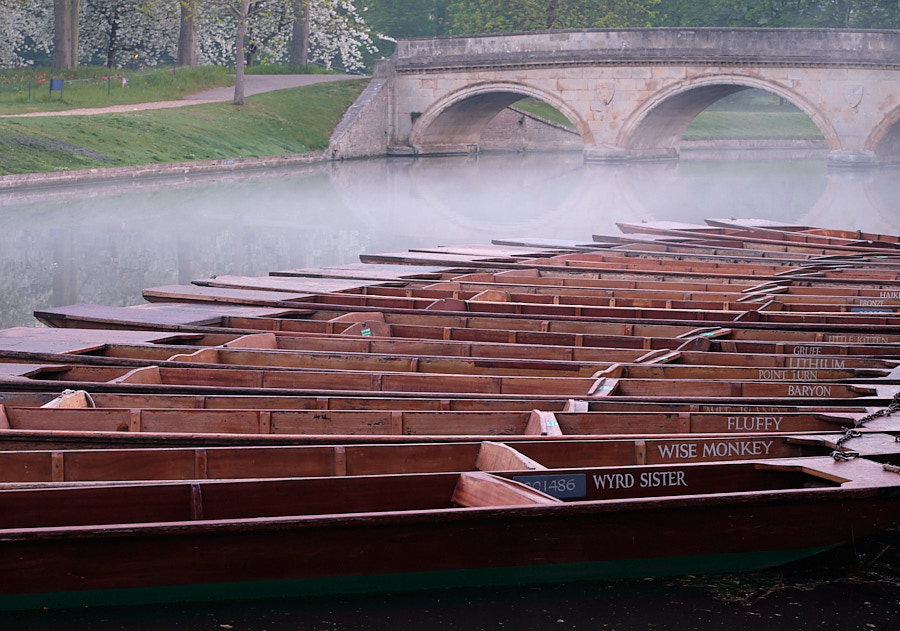
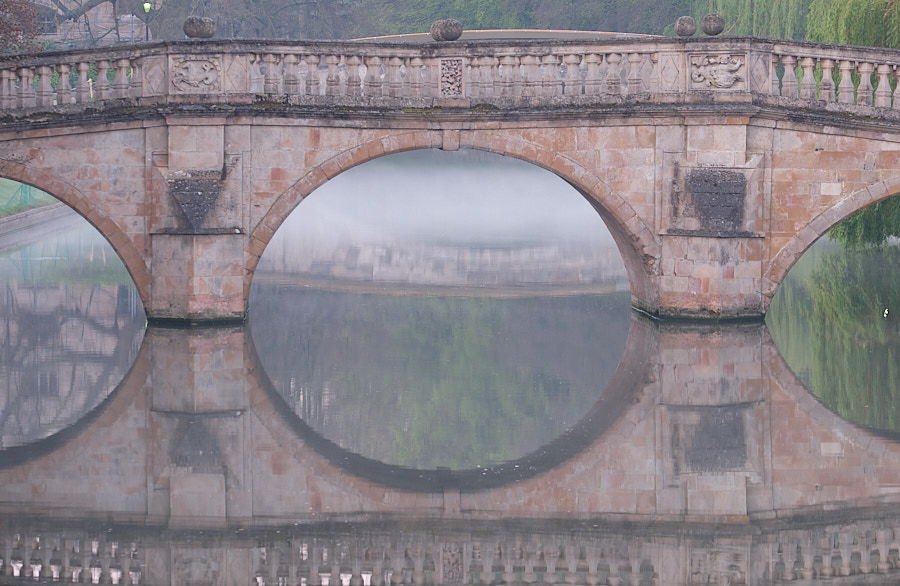
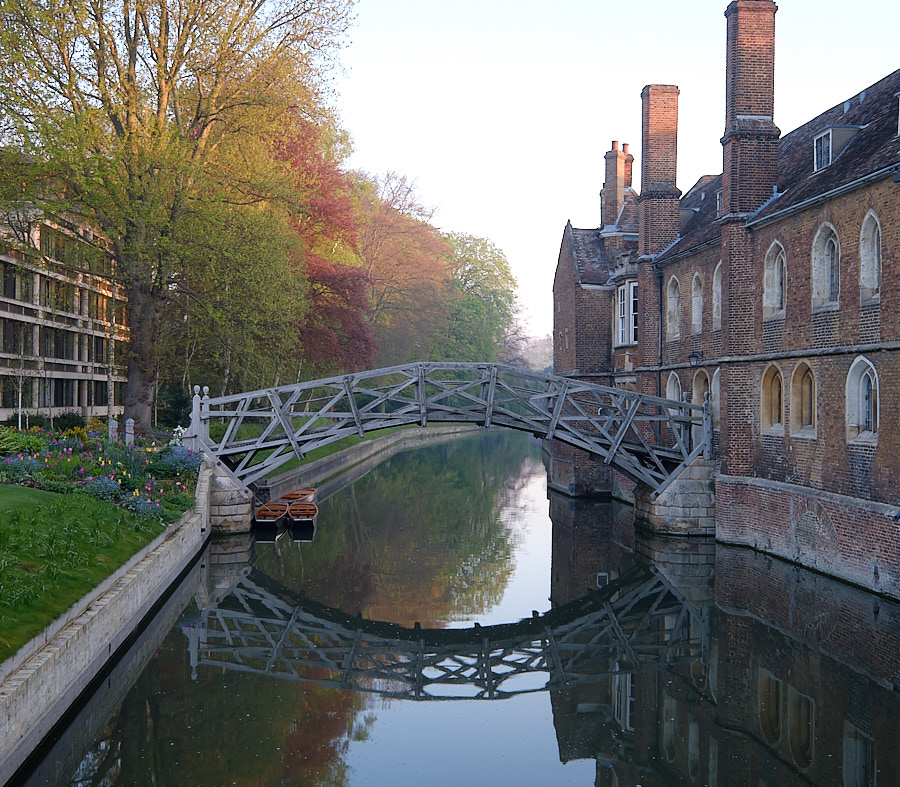
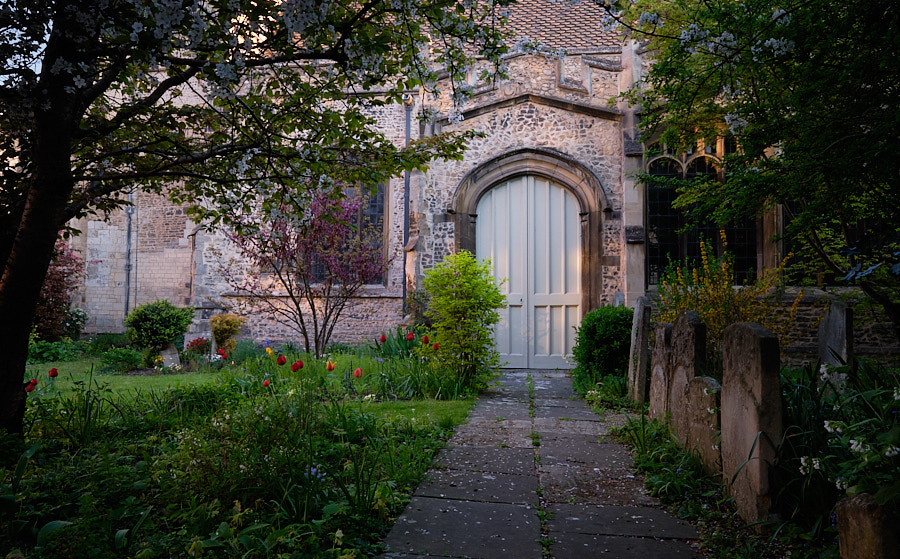
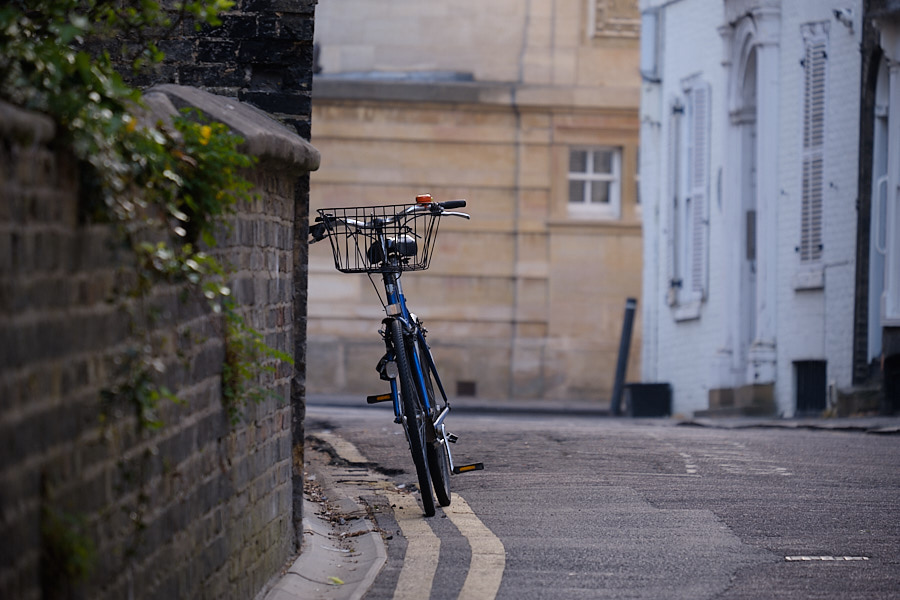
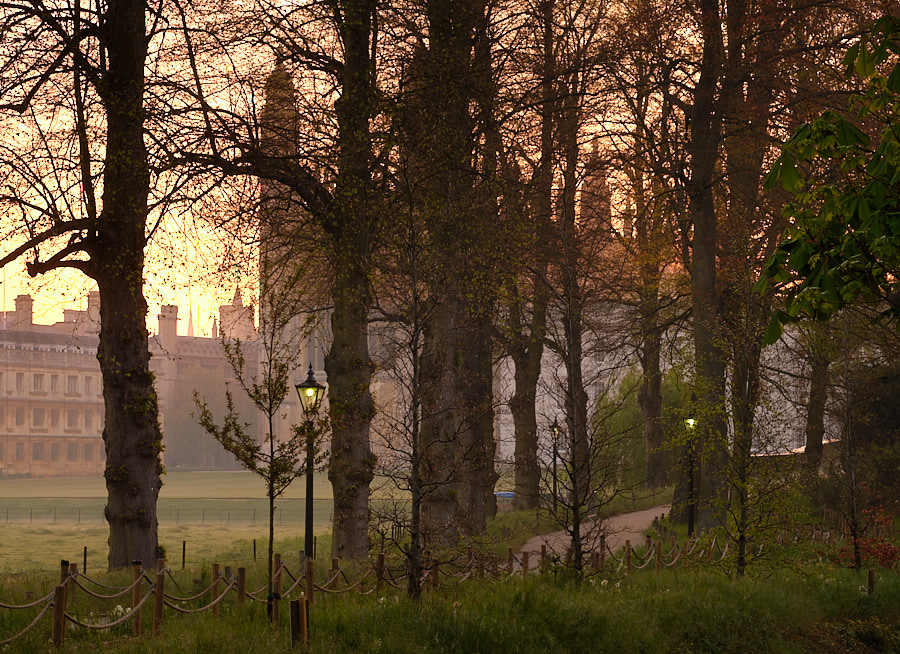
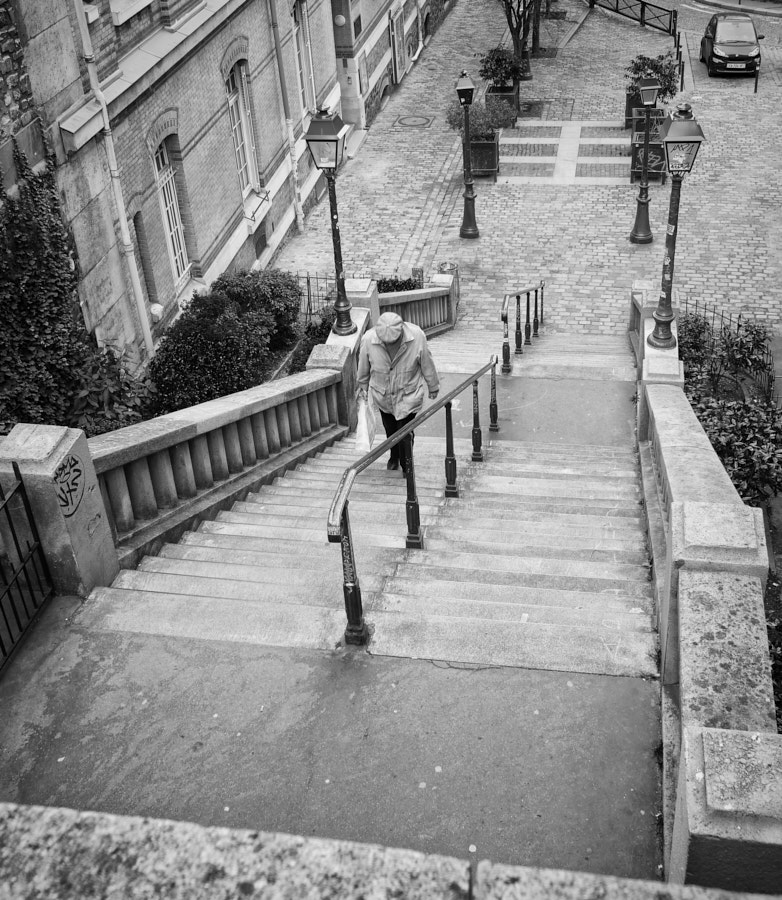
Recent Comments